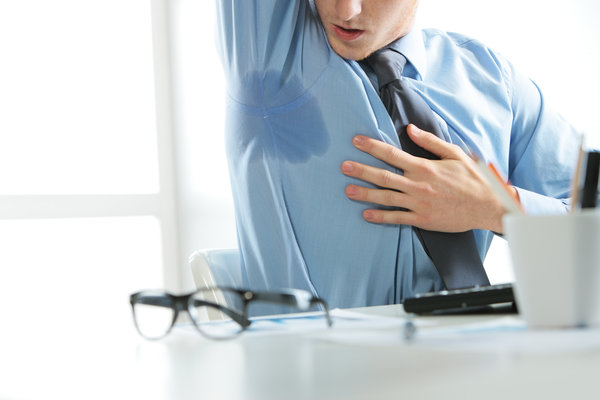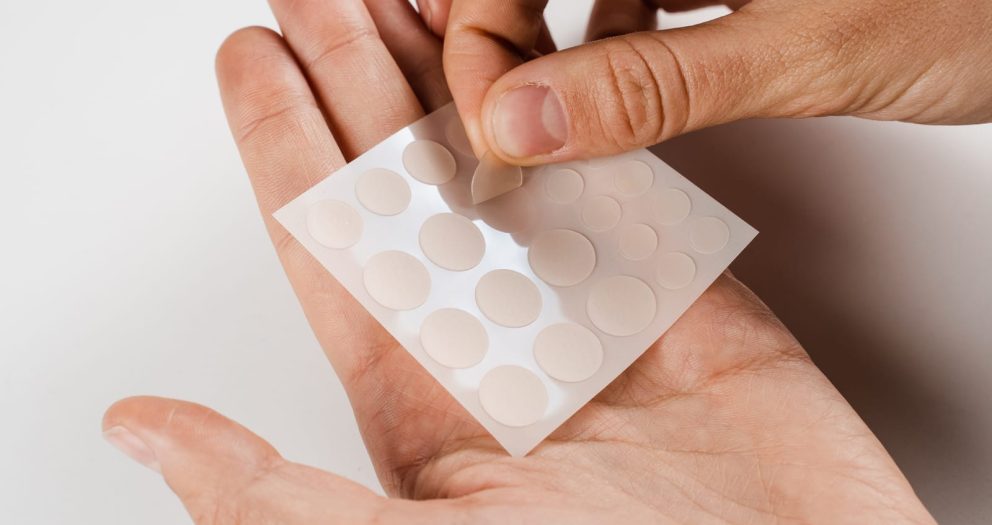Excessive sweating can be a nuisance, but can it also cause a rash? The short answer is yes, and it’s a common issue that affects many people.
Sweating is a natural process that helps regulate our body temperature, but when it’s excessive, it can lead to discomfort and embarrassment. On the other hand, a rash is a skin irritation that can be caused by many factors, including allergies, infections, and even sweating. But how exactly does excessive sweating lead to a rash, and what can you do about it?
The answer lies in the way our skin responds to moisture, and the bacteria and fungi that thrive in warm, moist environments. In this article, we’ll explore the link between excessive sweating and rashes, and provide tips on how to prevent and treat this common problem. So, if you’re struggling with excessive sweating and a pesky rash, keep reading to learn more.
Symptoms of excessive sweating
Excessive sweating, also known as hyperhidrosis, is a condition that causes the body to produce more sweat than necessary. This can happen in specific areas of the body, such as the armpits, hands, or feet, or it can affect the entire body.
Causes of excessive sweating
The causes of excessive sweating can vary. In some cases, it may be due to an underlying medical condition, such as diabetes, menopause, or an overactive thyroid. Other times, it may be a side effect of medication or caused by emotional stress.[Source]
Symptoms of excessive sweating
The most obvious symptom of excessive sweating is, of course, sweating more than normal. This can be accompanied by other symptoms, such as:
- Damp or wet clothing, even when it’s not hot outside
- Noticeable sweat stains on clothing
- Skin irritation or chafing
- Foul body odor
- Difficulty gripping objects due to sweaty palms
- Social anxiety or embarrassment
Excessive sweating can be a chronic problem that affects a person’s quality of life. If you’re experiencing any of the above symptoms, it’s important to talk to your doctor to determine the underlying cause and explore treatment options.
How excessive sweating can cause a rash
Excessive sweating can cause a rash because it creates a warm, moist environment that is ideal for bacteria and fungi to thrive. When sweat stays on the skin for an extended period, it can cause irritation, inflammation, and even infection. This can lead to a rash, especially in areas of the body where there are folds or creases, such as the armpits, groin, or under the breasts.
The sweat that our body produces is made up of water, salt, and other chemicals. It is a natural process that helps regulate body temperature and flush out toxins. However, when we sweat excessively, the moisture can become trapped on the skin, leading to a build-up of bacteria and fungi.
Bacteria thrive in warm, moist environments, and they can cause skin infections, such as folliculitis or impetigo. Fungi, on the other hand, can cause fungal infections, such as athlete’s foot or jock itch. These types of infections can cause redness, itching, and even pain.
In addition to bacterial and fungal infections, excessive sweating can also lead to other types of rash, such as heat rash. Heat rash occurs when sweat ducts become blocked, trapping sweat beneath the skin. This can lead to small red bumps or blisters on the skin that can be itchy and uncomfortable.
To prevent a rash caused by excessive sweating, it’s important to keep the skin clean and dry. This can be done by showering regularly, using an antibacterial soap, and patting the skin dry with a clean towel. It’s also important to avoid tight-fitting clothing, which can trap moisture against the skin. Using antifungal powders or creams can also help prevent fungal infections.
If you do develop a rash, it’s important to seek medical attention if it is severe or doesn’t improve with self-care measures.
A doctor may prescribe topical or oral medications to treat the rash and underlying condition, such as antibiotics or antifungal drugs. In some cases, surgery may be necessary to remove sweat glands or treat an underlying medical condition.






